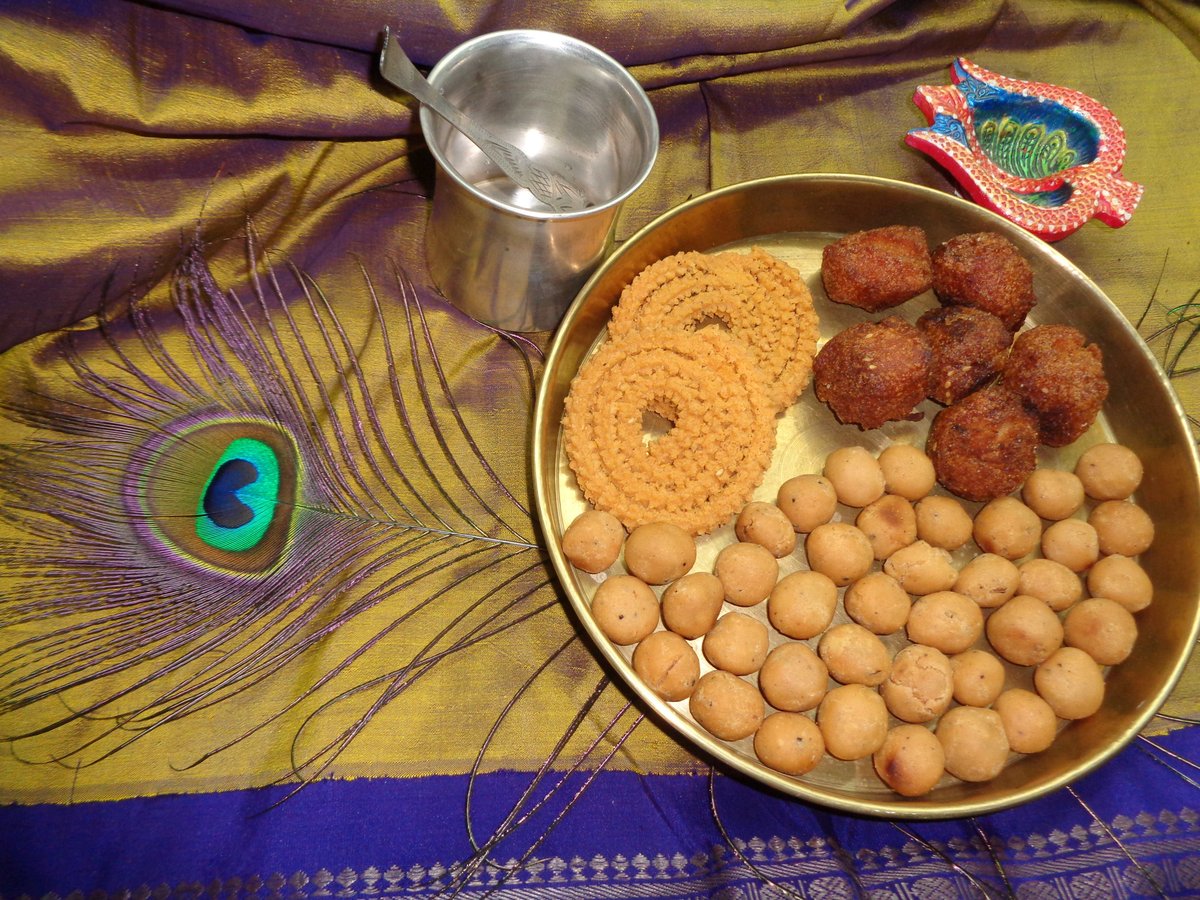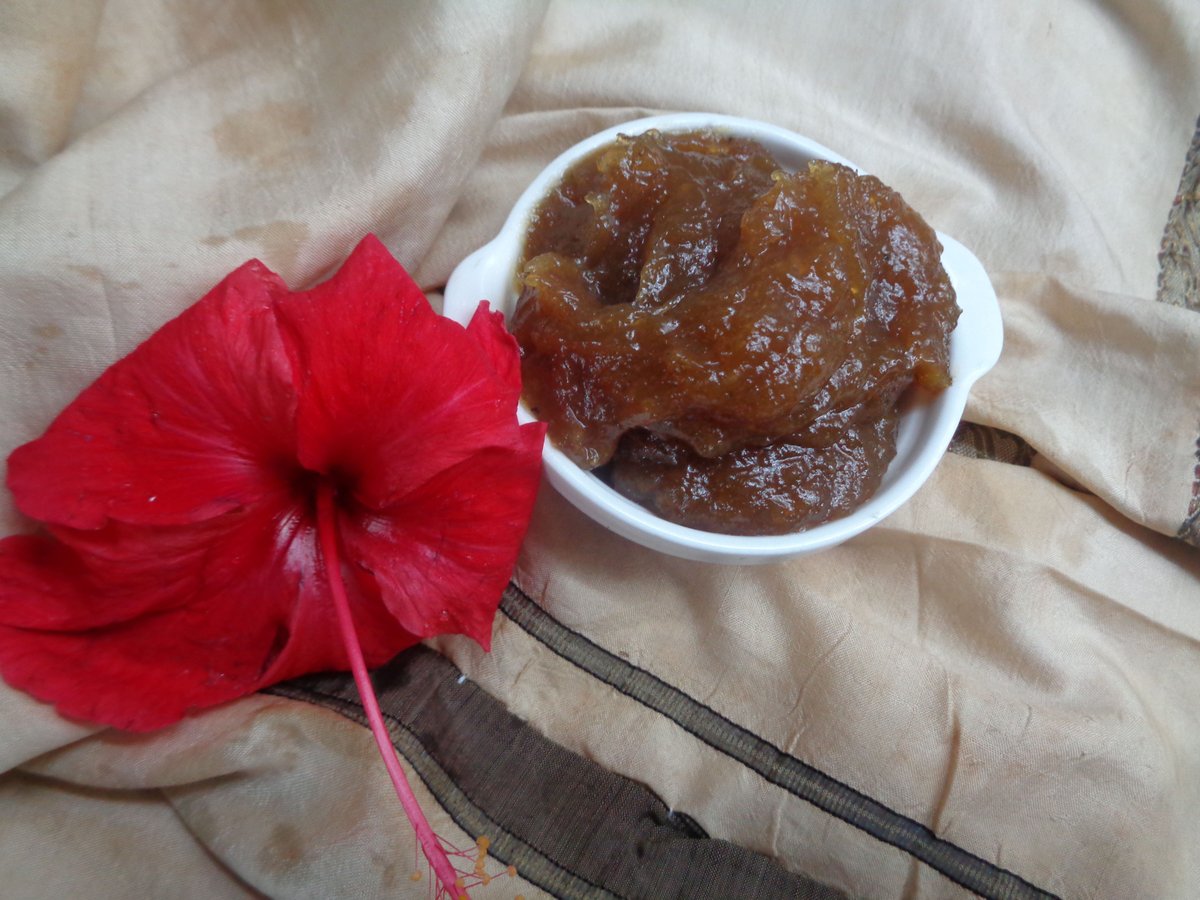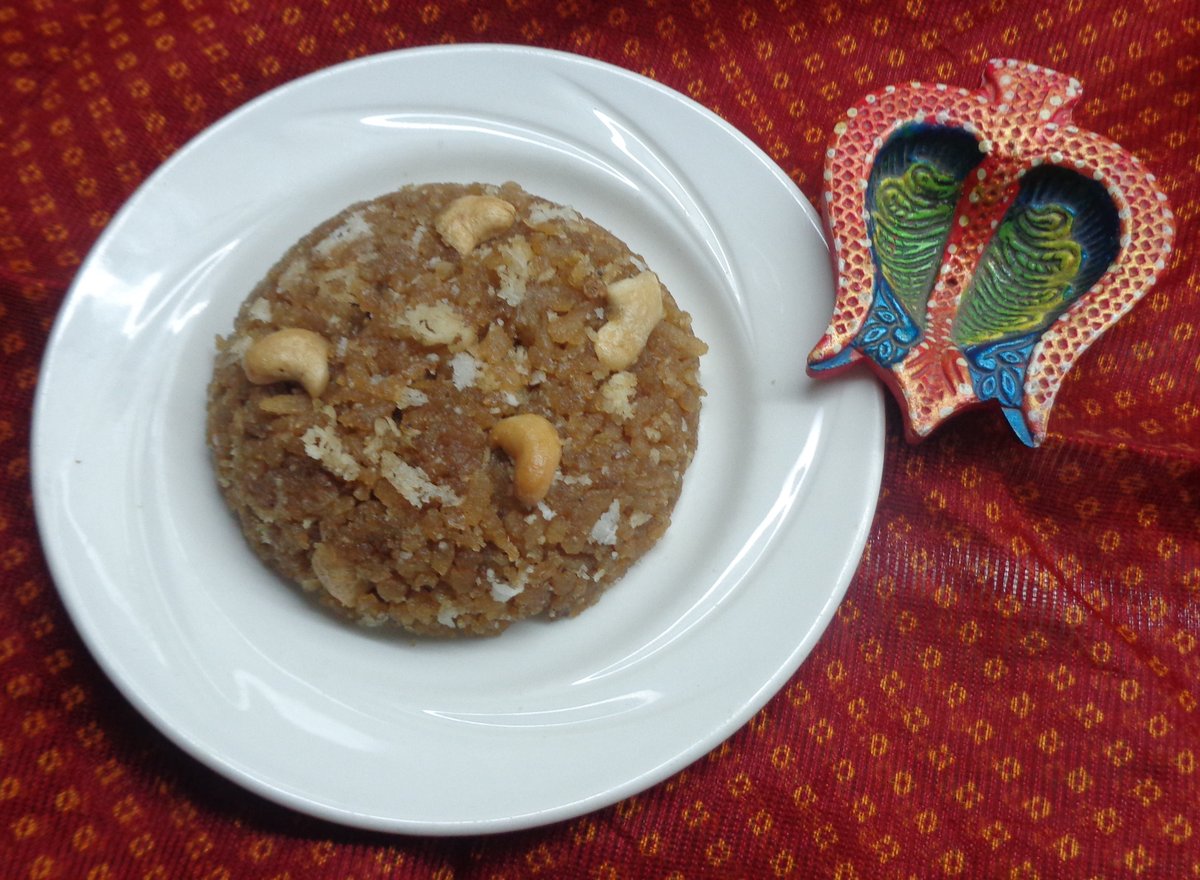Hindu festivals have their inherent charm — decorating homes, mithais, family get-togethers, new clothes. During Janmashtami it is Lord Krishna’s child avatar, Bal Gopal, who gets adorned with attractive garments, jewellery, and fed chappan bhog. Janmashtami or Gokulashtami commemorates the eight incarnation of Shri Maha Vishnu as Lord Krishna, to put an end to the atrocities committed by his wicked uncle Kansa and other terrible characters (in the Mahabharata), and to impart the knowledge of the Bhagavad Gita to the Universe.
Krishna was born on Ashtami or the eighth day of Krishna Paksha — the waning moon in the Hindu month of Shravan, which falls in July/August. Krishna’s life and the events linked with it are so enthralling they are re-enacted by performing skits like raas leela (dance with gopis), Kaaliamardanam, dahi handi (breaking of buttermilk-filled pots), and other interesting acts from His avatar.
Rituals at home
Lord Krishna is the most compassionate, humblest and friendliest God. It is believed that even an offering of a tulsi leaf, with pure thoughts and an unsoiled mind suffices to receive His blessings. Some common customs and rituals are followed by almost all the believers. “The demanding rituals are observed by staunch devotees like keeping awake till midnight, (when Krishna was born), nirjal fast (not even having water), or only milk and fruits fast. While some may sustain with foods like sabudana khichdi, farli, sweet potato halwa, and other fasting foods,” observes Ahmedabad-based school teacher Kavya Shah Madhani.

Follow according to your convenience, and keep a fast provided everything else permits.
Fasting: Wake up early and begin your fast. End it after sunrise the next day. Meanwhile, observe all the fasting rules.
Chant: Take a bath as soon as you wake up. Keep chanting ‘Om Namo Bhagavate Vasudevaya’ mantra.
Abhishekam: Bathe the idol of Lord Krishna, if you have one at home, with milk, honey, turmeric, water. Apply sandalwood paste to the idol, after the abhishekams.
Adorn: Apply kumkum to the idol of baby Krishna, dress Him in rich zari clothes and precious jewels. Place Him gently in a grandly decorated jhula (swing/cradle).
Flowers: Shower tulsi, fresh and fragrant flowers like parijat, champa or jasmine while doing puja and aarti.
Light: A diya and incense sticks, offer flowers, prasadam, with chants of his 108 names.
Immersive: Recite hymns from the Gita, sing bhajan-kirtans, read Lord Krishna’s glory.
Offerings: Milk, curd, white butter and panchamrit besides home-made sweets as prasad are His favourites. Place akshat, tulsi leaves, chandan, coconut, fresh fruits for puja.
Bhog: The next day, after Shri Lalla’s birth, offer chappan bhog.
Celebrations across India
East India: In West Bengal and Odisha, pravachan is conducted to recite the Bhagavad Gita. In Odisha, the following day is observed as Nand Utsav where Krishna’s foster parents, Nanda and Yashoda, are commemorated.
North India: In UP and Haryana, Gokulashtami signifies Krishna’s childhood in Gokul. An extremely devotional experience of Banke Bihari’s festivity can be had at Mathura, Vrindavan and Gokul. Flying kites is a part of the celebrations in Jammu.
South India: Known as Saatham Aatham in Karnataka, Ashtami Rohini in Kerala and Sri Krishna Jayanthi in Tamil Nadu and Andhra Pradesh, it is typified by various religious and cultural events. Shalini Natrajan, a Tambrahm homemaker from Bangalore recounts, “We prepare cheedais and chaklis as prasadams. Kolams of His baby steps are drawn to welcome Krishna home.”
West India: Magnificent ceremonies take place in Gujarat where Krishna built Dwarka. As a longstanding tradition, women play cards. With lots of fun and cheer, yet holding on to the sacredness and purity of the occasion, it is a much-anticipated festival.
According to Purvi Sawant, a Mumbai-based IT professional, “Dahi Handi to the beat of ‘Govinda aala re’ is enacted in Maharashtra to depict Govinda’s stealth for curds and butter.”
Decoration tips
-
Arrangement of a jhanki at home. A decorative set-up with Gopala figurine, puppets, toys of gopis playing raas leela, a garden and water body (to depict Vrindavan), Radha doll, flute, swing, peacock feather, conch shell, bells, to recreate Krishna’s childhood in Vrindavan and Gokul.
-
Puja chowki — use your creativity and skill to create a visually appealing rangoli/kolam on a stand on which the jhula is placed.
-
Puja thali beautifully presented with flowers in vibrant hues, with kumkum daan and sandalwood paste in ornamental holders placed in the centre.
-
Use multi-coloured beads, sea shells or mirror work for cradle supports. Spread a soft cushion on the cradle, with a jacquard cover for a rich look.
-
Drape a dress of rich fabrics and adorn Him with gold, pearl jewellery.
-
Prepare a floral garland and a toran of fresh flowers and mango leaves.
Recipes
Panchamrut

Ingredients: 1½ cup milk l 1 cup curd l 2 bananas l 4 tbsp honey l 2 tsp ghee
Method: Mash the bananas. Combine all the other ingredients with it to make a homogenous mixture. Offer it as prasad.
Sweet Poha

Ingredients: 1 cup poha l Half cup grated jaggery l 4 tbsp ghee l Half tsp cardamom powder l Garnish with grated coconut and ghee-roasted cashewnut and raisins
Method: Wash and soak poha. Heat little water in a pan with jaggery. Let it dissolve. Once it foams, introduce soaked poha. Keep stirring and add ghee little by little. Once it leaves the sides of the vessel, remove from flame. Drizzle cardamom powder. Garnish.
(Recipes by the writer)

